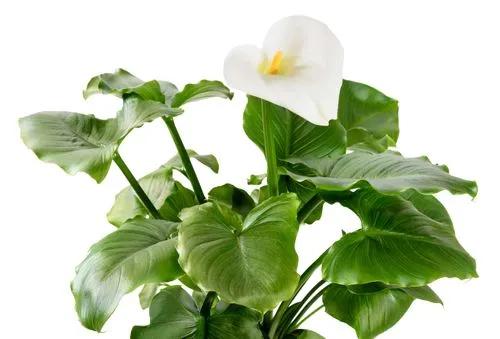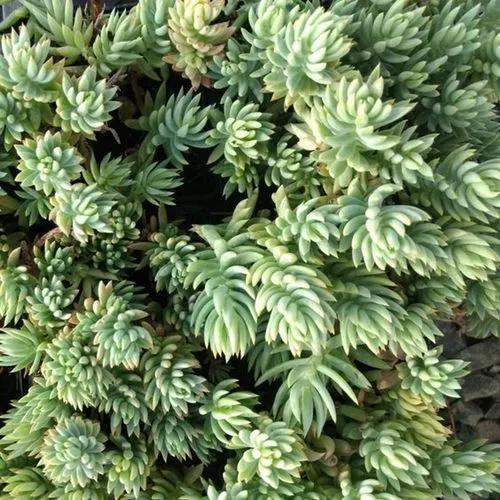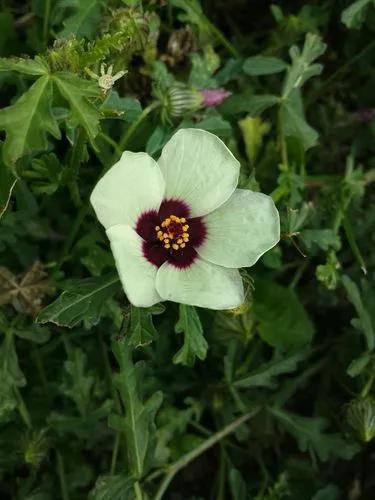Hypecoum is a genus of flowering plants in the family Papaveraceae, found in temperate areas of northern Africa, Europe and Asia. The lectotype is Hypecoum procumbens.
Sickle-Fruited Hypecoum Care
Hypecoum procumbens



Plant up to 40 cm, green or glaucous. Ultimate leaflets linear to lanceolate, with 1 lateral tooth. Inflorescence decumbent to erect, with 1-7(-14) flowers. Sepals 2-7 x 1-2.2 mm, erose, entire or dentate. Petals lemon-yellow or yellowish-orange; outer petals 4-12 x 1.5-11.5 mm, unguiculate, rhombic to distinctly 3-lobed, usually as long as or longer than wide, the lateral lobes flat; inner petals without black spots, the lateral lobes obovate, obtuse, varying in length relative to central lobe; central lobe 2-5 x 1-3 mm, obovate, with truncate base. Filaments of median stamens narrowly ovate. Pollen yellowish-white. Fruit scarcely torulose, more or less arcuate, 1-3.5 mm at widest septa; seeds dark brown.This remarkable small and unusual member of the poppy family grows abundantly on the eastern edge of the sandy beach of Paleochora. Hypecoum procumbens grows low although they are well protected in this area of the beach growing under tamarisk trees where there is little activity during the winter. The leaves are 2-pinnately lobed, the segments linear to lanceolate and the bracts leaf-like. The bright yellow flowers grow to 5-10 mm and the petals are 3-lobed, the outer two petals with a large central lobe. This population of H. procumbens flowers from February to April.
This plant is useful.
How to get rid of: Pull the weeds out with your hands, not chop them down with the hoe. Many harmful herbs, for example, shytiry, are able to grow from the top of the root - they have dormant buds there.
Discover more plants with the list below
Popular articles






